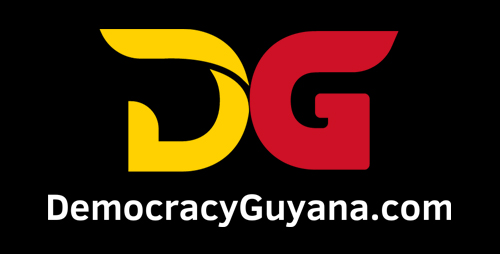Afghanistan’s war-torn currency Afghani has unexpectedly emerged as one of the best-performing currencies in the September quarter. This surge has been mainly attributed to the substantial inflow of dollars in the form of humanitarian aid and currency control measures imposed by the current ruling authority, the Taliban.
As of September 26, the Afghani was trading at around 78.25 against the US dollar. According to quarterly data compiled by Bloomberg, the currency has seen a remarkable rise of 9 percent, outpacing the Colombian peso, which experienced a 3 percent gain during the same period. According to data from the news agency, on a year-on-year basis, the Afghani has witnessed a significant rise of 14 percent, making it the third strongest-performing currency after the Colombian and Sri Lankan currencies.
Billions of dollars of international aid have played a vital role in maintaining Afghanistan’s economy. Since the regime change in August 2021, which resulted in a humanitarian crisis, the United Nations has contributed $5.8 billion in aid and development to Afghanistan. Of this amount, $4 billion was transferred in 2022, at a time when nearly 20 million Afghans were at risk of deadly hunger.
Afghanistan is expected to attract more foreign exchange inflows as the Taliban looks to take advantage of the country’s vast natural resources, including lithium reserves, to attract investment. Additionally, Afghanistan became part of China’s Belt and Road Initiative in May of the same year, potentially leading to increased foreign investment to support infrastructure projects in the country.
Analysts also say that the strength of Afghanistan’s currency is influenced by currency controls imposed by the Taliban. The conservative regime has banned online trading, not allowed the use of US dollars and Pakistani rupees for domestic transactions, and made efforts to smuggle US dollars out of the country. A flexible currency could help Afghanistan deal with inflationary pressures, especially as crude oil prices rise, with fears that they could cross the $100 per barrel mark. The resurgence of the Afghani has allowed the country’s central bank to relax limits on dollar withdrawals, raising the monthly limit for businesses from $25,000 to $40,000 and for individuals from $600 to $200 per week.




